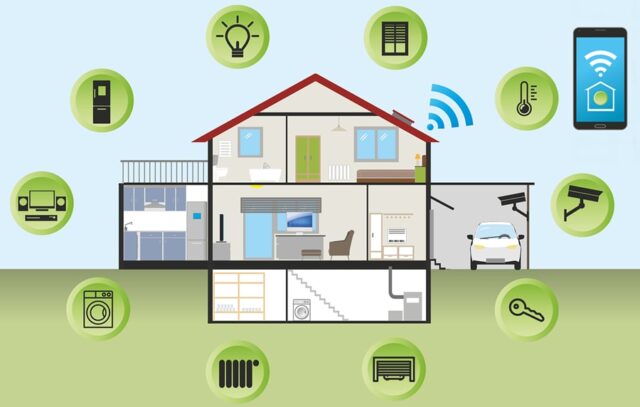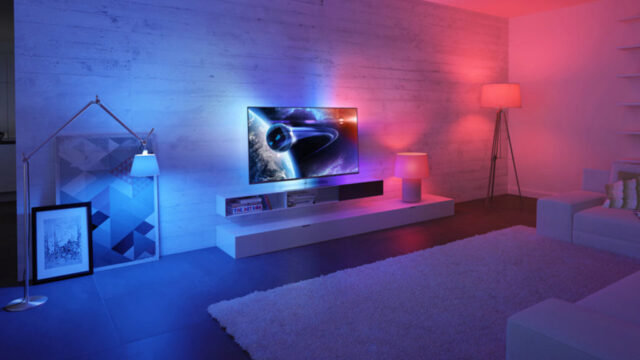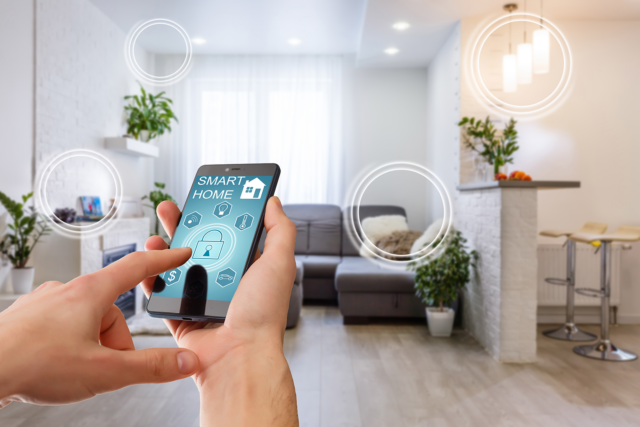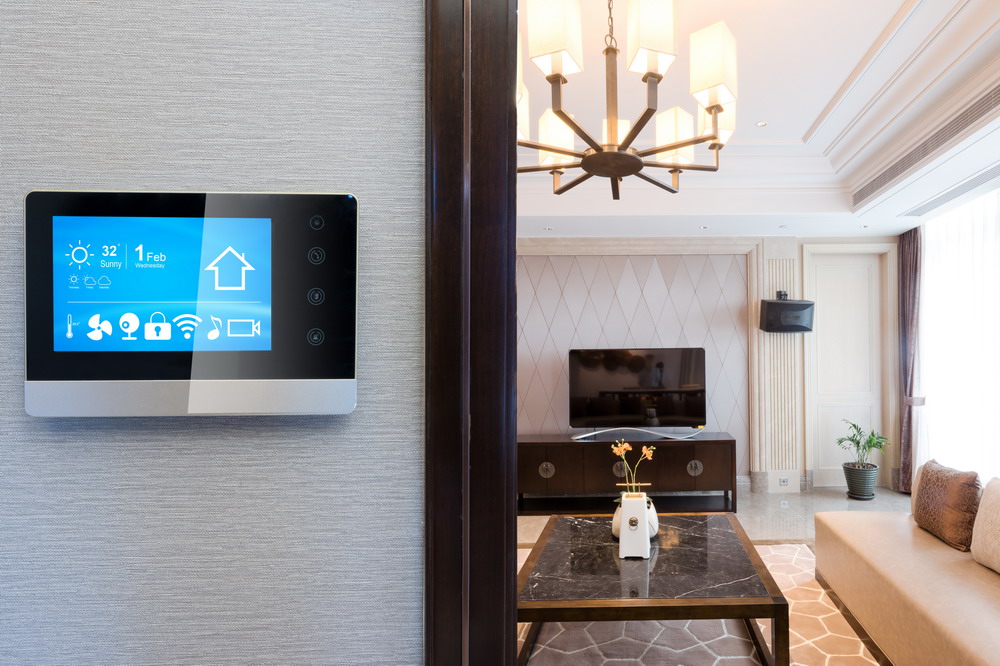How smart is your home? That is a loaded question, so be careful how you answer. Owning nothing more than a smart speaker probably doesn’t qualify. But how many smart devices does a home need before it is truly considered smart? Interior designers are trying to figure that out. Smart home innovation has come to their industry in a big way. It now has to be considered on nearly every interior design project.
That was the message presented by numerous experts in a recent home furnishings industry gathering in North Carolina. Among the presenters was a California interior designer who now includes home automation as a standard service. Another designer from Virginia, who also attended the conference, says his minimum fee these days is $200,000. Smart home technology is included.
A Lot or a Little
Homeowners are discovering that one’s budget does not necessarily dictate smart home quantity. Price disparities between manufacturers and brands can just as easily mean spending a lot and getting little and spending a little and getting a lot.
No doubt interior designers are willing to spend on home automation. After all, their professional reputations rest exclusively on finished products. They want their customers to be wowed beyond expectations. Investing in home automation does just that.
Home automation is still new enough that many homes are not equipped with any smart devices at all. Furthermore, a fair percentage of those homes with smart devices only have a smart speaker and a few smart light fixtures. Floor-to-ceiling home automation still isn’t the norm. So if interior designers can equip homes with a full range of new technologies, they can get the wow factor in spades.
No Longer a Luxury

New innovations in the smart home category are generally considered luxury items. However, interior designers are working to change that. Their message is simple: home automation is no longer just a luxury. They want customers to believe that it is a necessity. Given the country’s demographics, spreading that message should not be too difficult.
Consider the coveted millennial generation. They may not have grown up with digital technology per se, but they were introduced to it at a young enough age that they heartily embrace it now. They are the ones buying houses. They are the ones hiring interior designers to come in and make big changes.
The next generation below them, Gen Z, did grow up on technology. For them, home automation seems like second nature. They are ready to embrace everything from smart temperature control to AI-powered video cameras that follow them around wherever they go.
Getting Started in Home Automation
For the interior designer, the biggest challenge is helping a client get started in home automation. Imagine a designer going into a home with absolutely no smart devices. Unless money is truly no object, it is unlikely the designer can do a complete overhaul with all the latest bells and whistles. Budgetary constraints force them to choose wisely.
According to Vivint, a common home automation entry point for homeowners is the smart speaker. Millions of smart speaker devices have already been sold by Google, Amazon, and other brands. People are familiar with the smart speaker concept. They are comfortable with it as well.
From there, designers have plenty of options they can suggest:
1. Smart Lighting

Smart lighting is a comfortable entry point for some homeowners. A smart lighting system is one that can be programmed for automated operation and remotely accessed if needed. Homeowners can program a variety of lighting scenes accounting for work schedules, seasons, leisure activities, etc.
When paired with a smart speaker, lighting systems can be controlled using only one’s voice. Designers love this because it really accentuates the wow factor. But even after the novelty wears off, being able to turn lights on and off by speaking is pretty convenient.
2. Smart Temperature Control
Another good entry point is the smart thermostat. Today’s smart thermostats are more than just programmable devices with LCD screens and two buttons for navigation. They are touch-sensitive devices that are as easy to operate as a typical smartphone. Smart thermostats can be both programmed manually and left to ‘learn’ a homeowner’s routine for the purposes of self-adjusting.
The main idea behind the smart thermostat is to make more efficient use of heating and cooling. Controlling both leads to savings by not unnecessarily heating and cooling when no one is home. As an added bonus, a truly smart thermostat can be accessed remotely using a mobile app. Need to override programming? No problem.
Many More Options

Smart lighting and temperature control are good entry points for people new to the home automation concept. But they are not the only options. There are many, many more. Interior designers look to introduce as many of those additional options as possible. They include things like:
Automated Blinds – Adding an electric motor and a small sensor can turn average window blinds into smart blinds capable of opening and closing on their own. Blinds can be programmed to assist with heating and cooling based on season and time of day.
Smart Entertainment – Automating one’s entertainment system can be pretty exciting. With some creative programming and voice control, you can do amazing things with your TV, sound system, and lighting. You can turn your entire home into a state-of-the-art entertainment system.
Automated Irrigation – When a design project includes exterior landscaping, designers are quick to recommend smart irrigation systems that are as easily automated as lighting and temperature control.
Even these three portions do not cover it all. Home automation involves everything from smart locks to intelligent security systems that keep homeowners and their families safer. For an interior designer, the basket is full of options. The biggest challenge is figuring out what would appeal to each client and then pitching it effectively.
Home automation has come to interior design. It gives designers yet another tool for creating truly impressive projects heavy on the wow factor.







